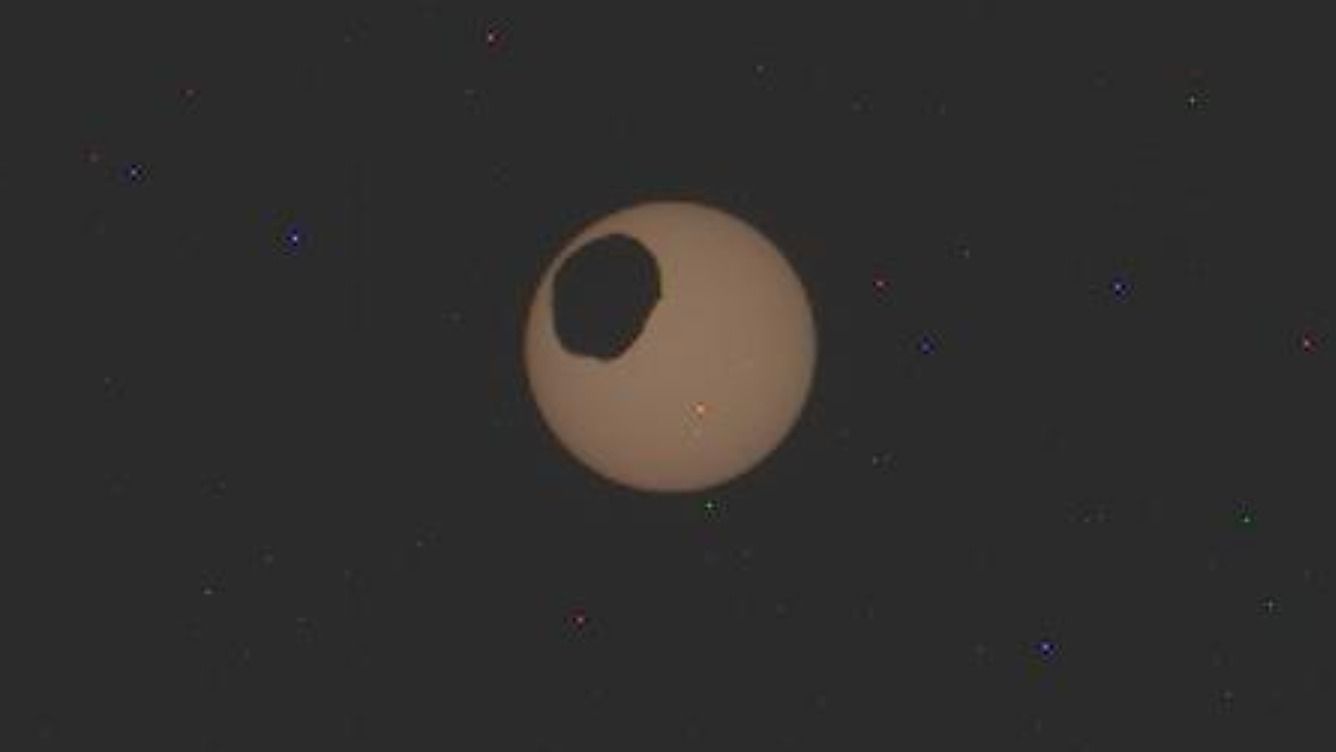Follow us on Google News (click on ☆)

Image JPL/NASA
Phobos, discovered in 1877 by American astronomer Asaph Hall, is a moon of a size comparable to that of an asteroid, orbiting a few thousand kilometers (miles) above the Martian surface. It is getting closer to Mars under the planet's gravitational pull and could eventually disintegrate. The origin of Phobos, as well as that of Deimos, Mars' other moon, remains a mystery. Scientists are still debating their origins: asteroid belt, collisions, debris from the early solar system, or some other scenario.
The Japanese Martian Moons Exploration (MMX) mission, scheduled for 2026, plans to send a spacecraft to study Phobos more closely and to bring back samples of its surface to Earth. These samples could reveal valuable clues about the history of Phobos' formation and the Martian atmosphere, thus enriching our knowledge of the Red Planet and its habitability conditions.
Meanwhile, the Perseverance mission contributes to the exploration of Mars by looking for signs of water and conditions conducive to life. A Mars sample return project, jointly led by NASA and the European Space Agency, is planned for the 2030s to analyze the rover's samples. However, this program recently suffered a setback, with JPL having to lay off part of its staff due to budget constraints.